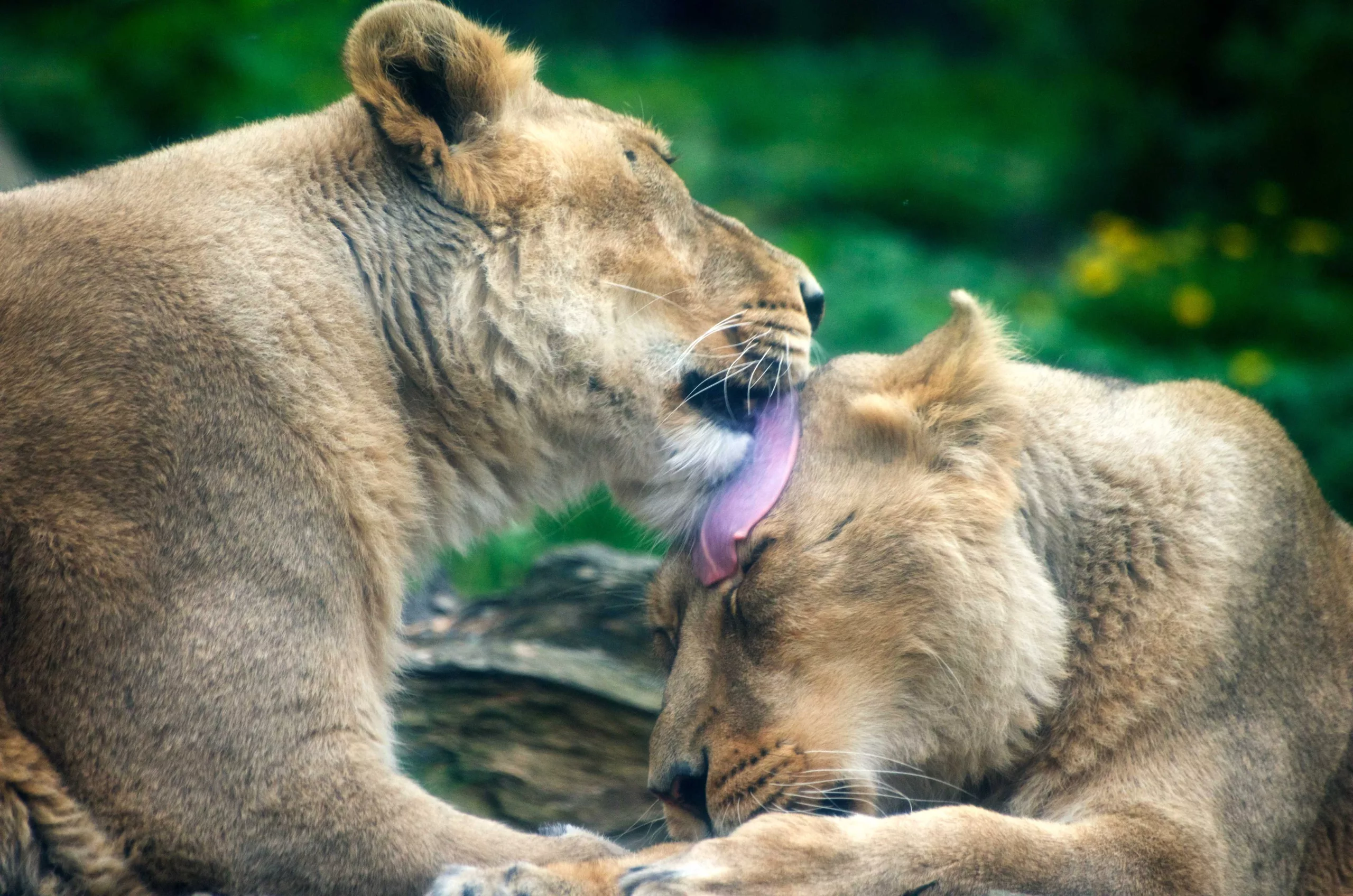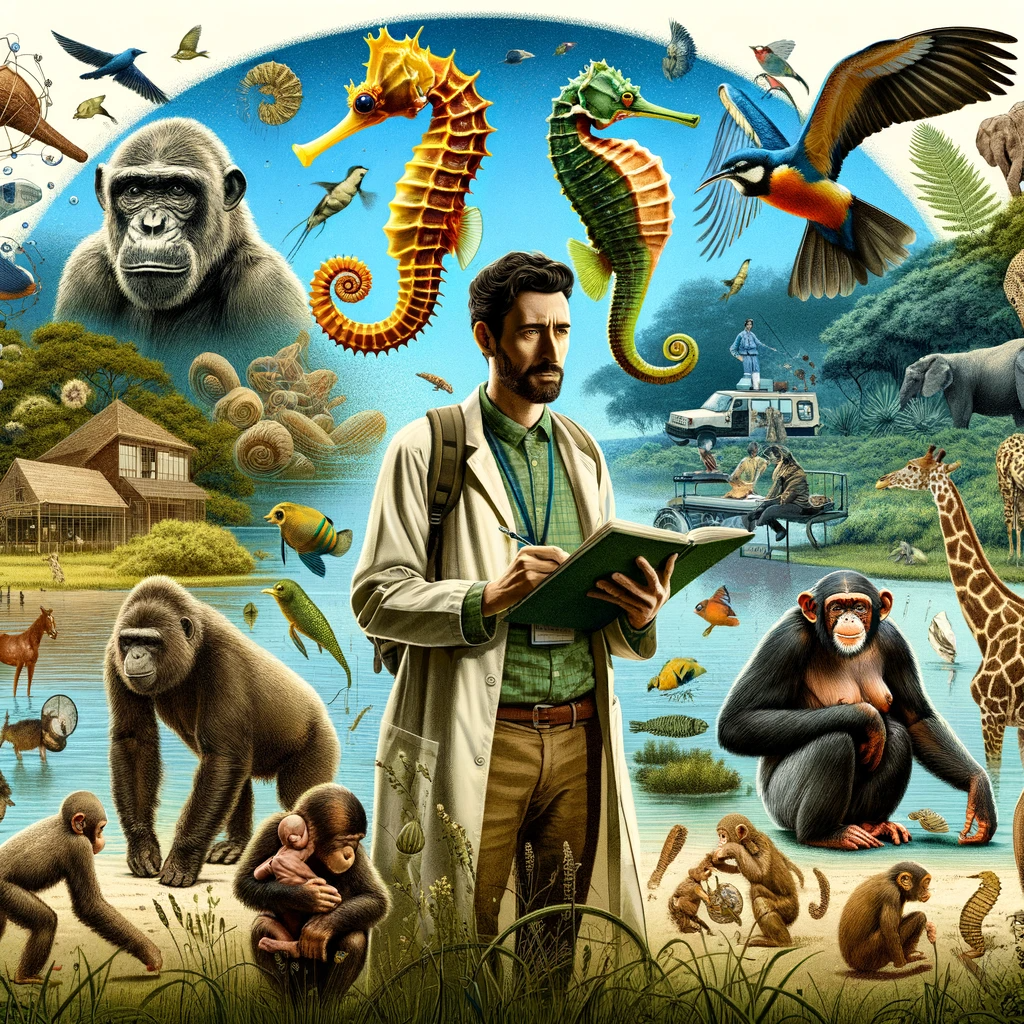The complicated idea of gender has generated a lot of discussion and argument. Although there isn’t a single, widely recognized definition of gender, it’s usually believed to be a social construct that includes an individual’s sense of self as either male, female, neither, both, or somewhere in between.Given how closely gender is associated with our capacity for intricate social interaction and the development of strong emotional relationships with others, some scientists argue that gender is specific to humans. Some contend that certain fundamental aspects of gender, like as the existence of male and female roles in reproduction and childrearing, may be seen in other animals.

As an ethologist, I have dedicated my career to observing and studying animal behavior, particularly within the intricate framework of social structures and interactions. Among the many questions that arise in discussions of animal behavior, one that particularly intrigues me is whether the concept of gender, as understood in human societies, extends beyond the realm of Homo sapiens. This article aims to delve into this captivating topic, drawing upon my experiences and observations in the field, as well as established research in ethology.
Unveiling the Human Facet of Gender
To embark on this exploration, it is essential to establish a clear understanding of what we mean by ‘gender’ in human contexts. Gender, in its broadest sense, encompasses the roles, behaviors, activities, and attributes that a given society deems appropriate for men and women. These deeply ingrained gender norms, often perceived as intrinsically linked to biological sex, transcend mere anatomical differences, extending into the realm of social expectations and cultural constructs.
The Biological Basis of Sex
In contrast to gender, sex is a biological concept, referring to the physical distinctions between male and female reproductive anatomy and function. In numerous species, these differences are evident and directly linked to the reproductive roles each sex plays. However, it is crucial to acknowledge that even within the biological realm, sex is not always a rigid binary; this holds true for humans as well as for many other species.

Gender Expressions in the Animal Kingdom
When we shift our focus to the animal kingdom, the boundaries between sex and gender become more fluid and complex. Many animal species exhibit sex-specific roles, particularly in mating and parental behaviors. For instance, in many bird species, the responsibility of nesting and caring for offspring primarily falls upon the females, while males often engage in more elaborate courtship displays.
- Gender Expression in Wildlife: The article begins by challenging the notion that gender expression and non-conformity are uniquely human traits. It highlights that in the animal world, many species, including snakes, lizards, beetles, fish, and birds, exhibit behaviors where males imitate females. This is often done to gain various advantages such as reduced competition, better access to territory, and improved mating opportunities.
- Examples in Birds: A significant focus is on birds, where phenomena like delayed plumage maturation are observed. In this, young male songbirds maintain female-like plumage for years after maturity to avoid aggression from older males and gain territorial advantages. The article also discusses permanent female mimics in species like the marsh harrier and the ruff, where adult males continue to resemble females throughout their lives for mating advantages.
- Rare Female Mimicry: While most examples in the article are of males mimicking females, it also touches on the rarer occurrence of females imitating males. This is seen in species like hummingbirds and hyenas, where females may exhibit male-like behaviors or characteristics, often for territorial or dominance reasons.
- Behavioral Tactics Beyond Physical Traits: The article also delves into species that use behavioral tactics to imitate the opposite sex, like the Australian giant cuttlefish. Smaller males of this species change their pattern and posture to mimic females, allowing them to mate without being noticed by larger males.
- Broader Implications: Finally, the article suggests that while it’s difficult to draw direct parallels between these animal behaviors and human gender identity, these examples highlight the importance of visual cues in both human and animal interactions. It encourages a deeper look beyond surface appearances to understand the complexities of gender and behavior.
Unraveling the Enigma of Non-Human Gender
The crux of the matter lies in determining whether these sex-based roles in animals equate to what humans define as ‘gender.’ Do animals possess an intrinsic sense of gender identity? Do they engage in roles that are socially constructed rather than biologically mandated?
Encounters with Primate Societies
Primatology provides some of the most compelling insights into this intricate question. Our closest relatives, the chimpanzees and bonobos, exhibit fascinating social structures that challenge conventional notions of sex and gender. For example, bonobo societies are matriarchal, with females holding dominant positions, while chimpanzee groups exhibit a more male-dominated hierarchy. These intriguing differences suggest a level of social construction of roles that could be interpreted as a rudimentary form of gender.
Learning from Diverse Species
Beyond primates, other species also challenge the assumption of strictly biologically determined sex roles. Seahorses, for instance, present a remarkable example where males undertake the responsibility of carrying and birthing the young. This role reversal compels us to question the rigidity of sex-based roles in the animal kingdom.
The Cultural Tapestry of Animal Societies
In recent years, ethologists have increasingly recognized the profound influence of culture on shaping animal behavior. The cultural transmission of behaviors in animals, from tool use in chimpanzees to song patterns in whales, underscores the significant role that learned behaviors play in animal societies. It is plausible that this cultural influence could extend to the social construction of roles based on sex, akin to human gender roles.
Navigating the Labyrinth of Gender Identity
One of the most complex aspects of gender is the deeply personal and subjective internal sense of gender identity, something that is uniquely human. Determining whether animals possess a similar sense of gender identity is a challenging task, as it delves into the enigmatic realm of animal consciousness and self-awareness.
Unveiling Secrets Through Cognitive Ethology
Cognitive ethology, a field dedicated to understanding the mental experiences of animals, offers some valuable clues. Research in this field has demonstrated that certain animals are capable of self-recognition, a prerequisite for complex self-identity constructs. However, whether this self-awareness extends to a sense of gender identity remains a matter of speculation.
Conclusion: Embracing the Spectrum
In conclusion, while the concept of gender, as it is understood in human societies, might not be entirely applicable to animals, the observations and studies across various species suggest that the boundaries between biological sex and socially constructed roles are not as clear-cut as previously thought. The ethological evidence points to a spectrum of behaviors and roles based on sex that, in some instances, resemble the human concept of gender. However, the internal experience of gender identity, as humans understand it, remains a uniquely human phenomenon, at least with our current understanding.
As we continue to observe, study, and learn from the animal kingdom, our perspectives on concepts like gender are likely to evolve, enriching our understanding of both human and animal behavior. The intricate world of animal behavior holds the potential to unravel the complexities.